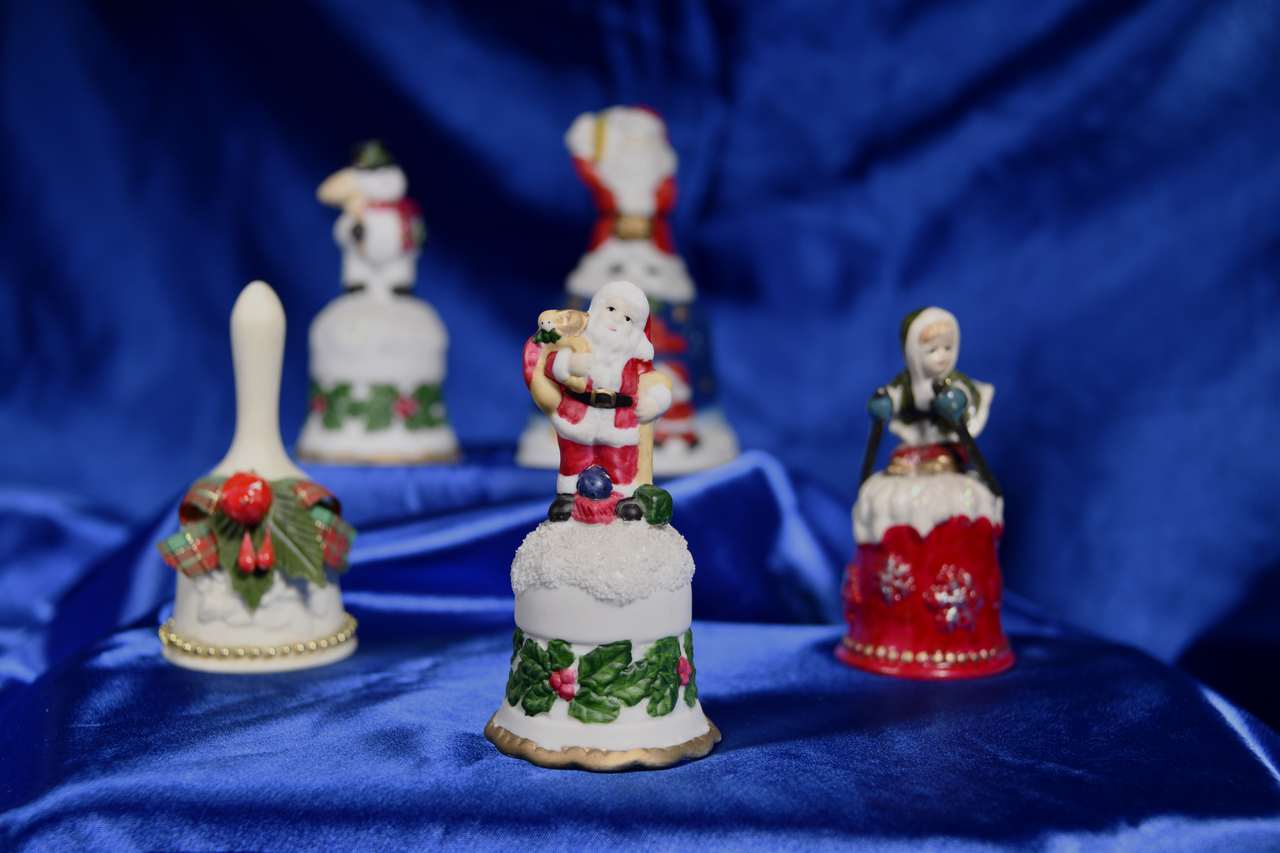The exhibition brings together objects related to coffee, which were collected by Alexander Stucalov from 1964. It is complemented by some pieces from the collection of the National Museum of Archaeology and History of Moldova.
The exhibition is a journey into the history of coffee, showing not only how they prepare it in different countries, but also the evolution of coffee machines, from ordinary coffee-pots to the present-day coffee makers and espresso-machines.
The history of coffee is reflected by about 480 items of ware, equipment and utensils for preparing and serving this magical liquor: Arabian and Turkish cups, cups produced in Europe, roasters, coffee grinders, coffee pots, coffee makers of different types, espresso-machines, coffee packages, etc. The oldest exhibits date from the late nineteenth century (a coffee pot and a coffee machine with filter), and the latest ones from 2011.
To create an atmosphere of a coffee house and combine everything related to coffee consumption, there were reconstructed two public places: oriental one (Turkish), the main elements of which are coffee on sand and a hookah or a pipe, and European one, where over a cup of coffee people read newspapers and play various games.
The subject of exhibition is backed up by artworks by Aurelia Nașcu, Ana Pronin, Elvira Cemortan-Voloșin, Dorina Casapu, Iurie Palcov, Maxim Egorov, Dumitru Balica, Nata Procop, Victoria Cozmolici, Eduard Maidenberg, and Olga Rusanovskaya, as well as by artistic photos made by the learners of Roman Rybalyov's school.
The exhibition can be visited until April 30, 2012.











 31 August 1989 St., 121 A, MD 2012, Chisinau, Republic of Moldova
31 August 1989 St., 121 A, MD 2012, Chisinau, Republic of Moldova






















































